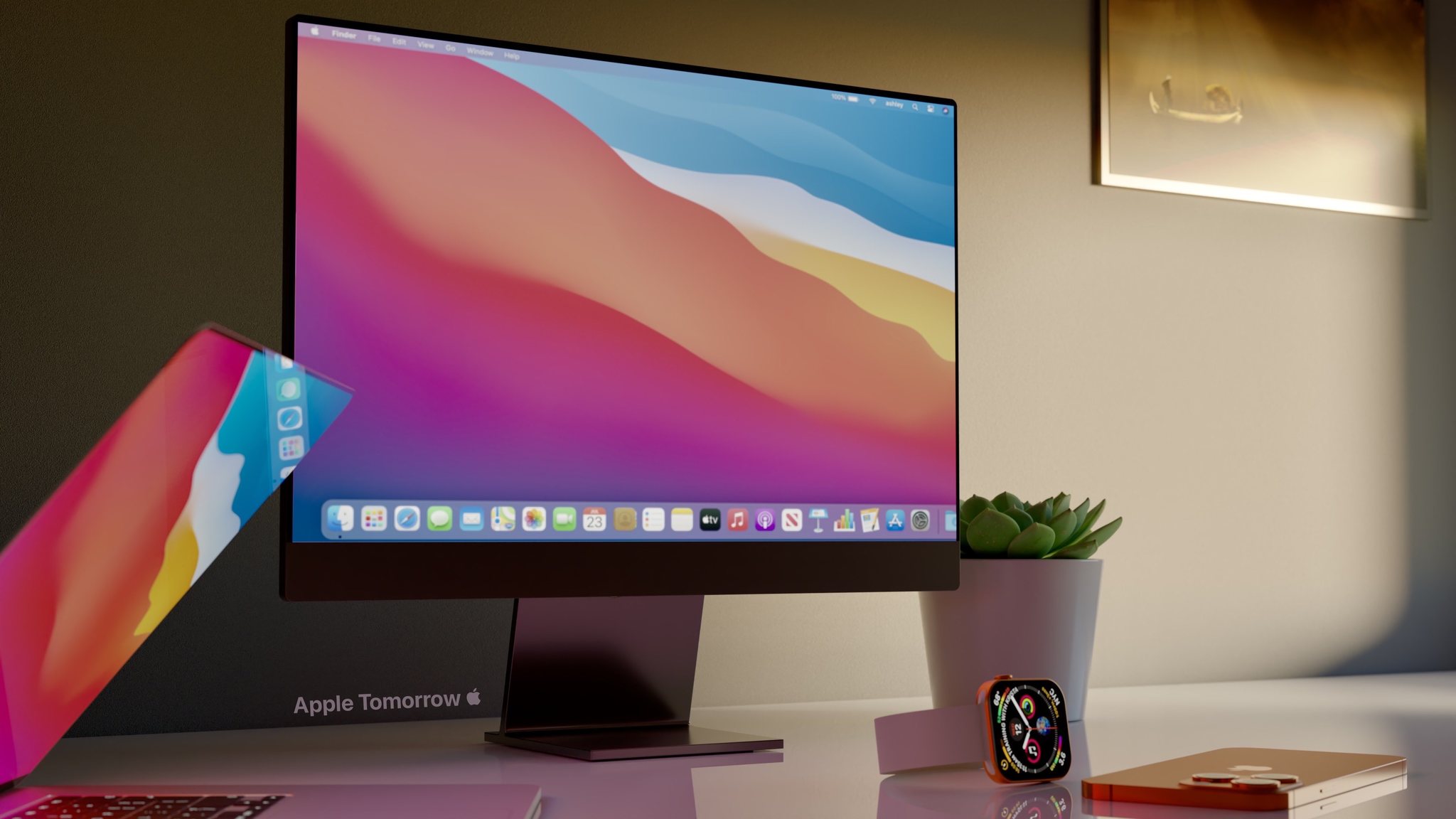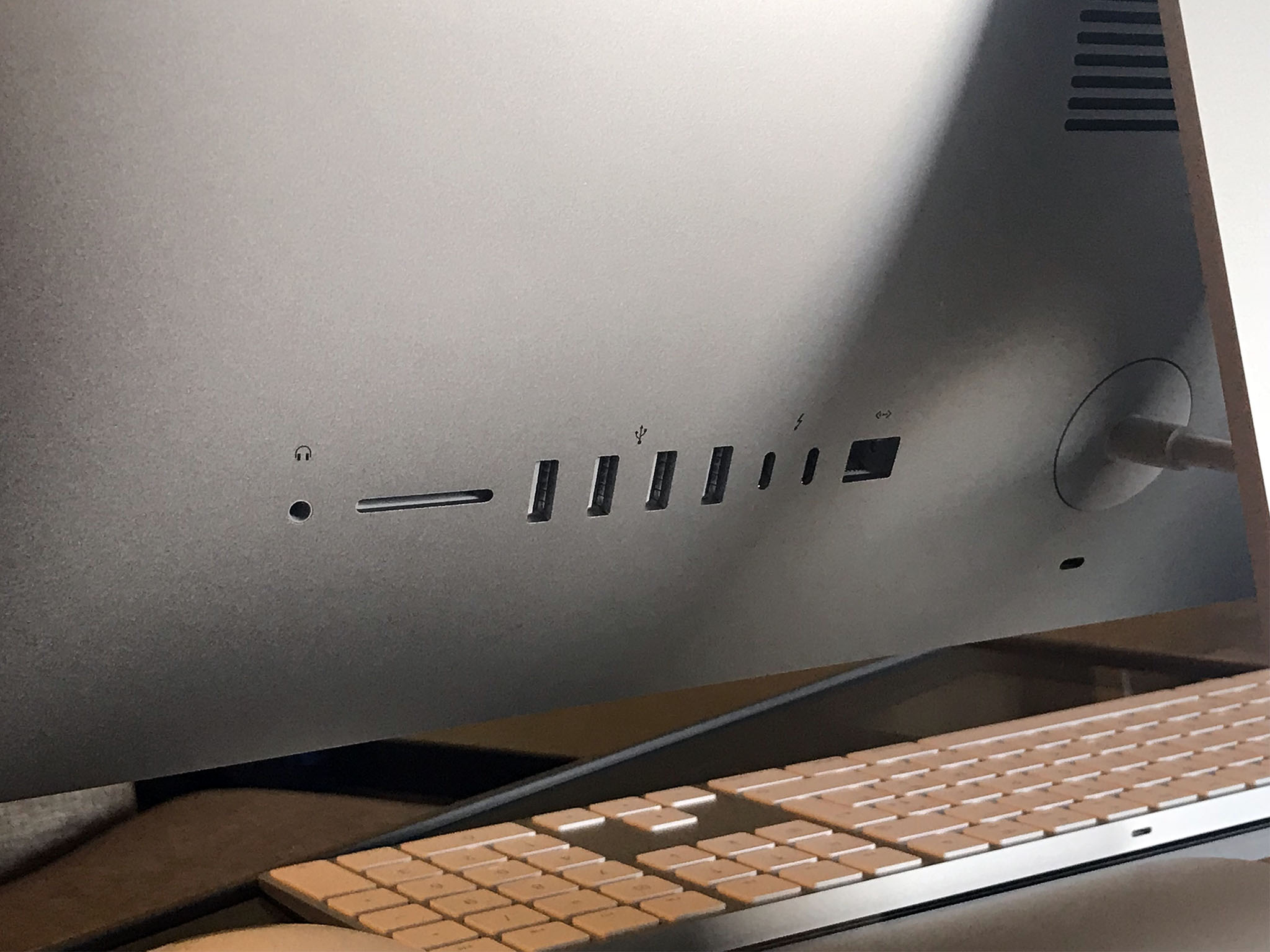What would make an Apple silicon iMac Pro, pro?

Apple's recent revision of the iMac, adding an M1 chip and a visual refresh, means many of us are keen to see what Apple will do with the iMac Pro. The high-end iMac has been dead for a little while now, but it could come back, right? And with Apple silicon in lieu of costly Intel Xeon processors, what exactly would make a modern iMac Pro, pro?
We have to look at what made the old iMac Pro a pro machine to know where to start, of course. It came in Space Gray which as we all know is Apple code for pro. But jokes aside, what else? Well, it had Intel inside. Costly Intel Xeon CPUs, to be specific. And it had ECC RAM to go with it, ensuring all the data that the machine processed was A-OK. There was super-fast storage thrown in, of course, and all of the internals were just on the top of their game in general.
But what about when you substitute those Intel parts for Apple silicon? Well, you have to assume that whatever M-series chip goes into a future iMac Pro would be cheaper than anything Intel makes at that performance level — if indeed it makes anything at that performance level, that is. But the use of Apple silicon means there's no need for ECC RAM, and the SSD is all built in as well, so that's going to be super quick regardless. It already is on other Apple silicon Macs. So what's left?

Ports? Maybe. An iMac Pro could come with half a dozen of the best ports Apple ever did put on an iMac, headphone jack included. That'd help, no doubt. A ridiculously high-resolution display in both matte and glossy finish would be nice, too. The return of the Space Gray Magic Keyboard, Magic Mouse, and Magic Trackpad is a given at this point as well. But what else?
Nothing, probably. Which brings me back to a question I've been wondering for months now. As Apple silicon runs rings around everything Apple ever made before it, where does it go from here? How does it differentiate between products if it can't point to Intel chips and whatnot? In the world of the MacBook Air and MacBook Pro, it's form fact that's the key. Inside, both M1 portables are very similar. Outside, it's down to the weight and looks. Could the iMac Pro just be a 32-inch iMac but in Space Gray? On one hand, surely not. But on the other, I could see it happening as well.
The Apple silicon world is a brave and new one. With the M1 iMac so damned fast, Apple will need to go some to make an iMac Pro worth anyone's while — assuming such a thing ever exists.
If it doesn't, why not console yourself by bagging a great iMac deal instead?
iMore offers spot-on advice and guidance from our team of experts, with decades of Apple device experience to lean on. Learn more with iMore!

Oliver Haslam has written about Apple and the wider technology business for more than a decade with bylines on How-To Geek, PC Mag, iDownloadBlog, and many more. He has also been published in print for Macworld, including cover stories. At iMore, Oliver is involved in daily news coverage and, not being short of opinions, has been known to 'explain' those thoughts in more detail, too.
Having grown up using PCs and spending far too much money on graphics card and flashy RAM, Oliver switched to the Mac with a G5 iMac and hasn't looked back. Since then he's seen the growth of the smartphone world, backed by iPhone, and new product categories come and go. Current expertise includes iOS, macOS, streaming services, and pretty much anything that has a battery or plugs into a wall. Oliver also covers mobile gaming for iMore, with Apple Arcade a particular focus. He's been gaming since the Atari 2600 days and still struggles to comprehend the fact he can play console quality titles on his pocket computer.
